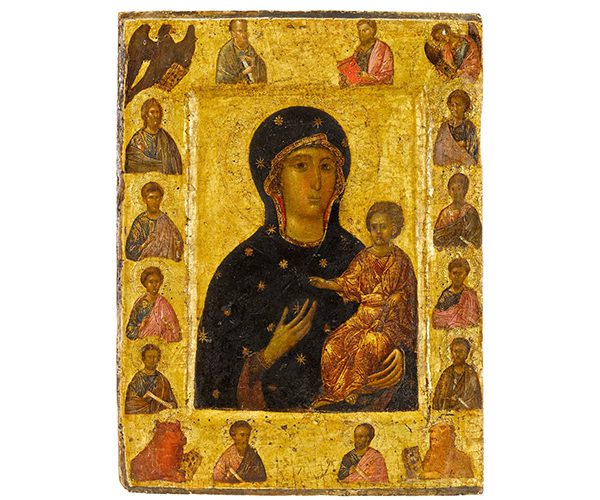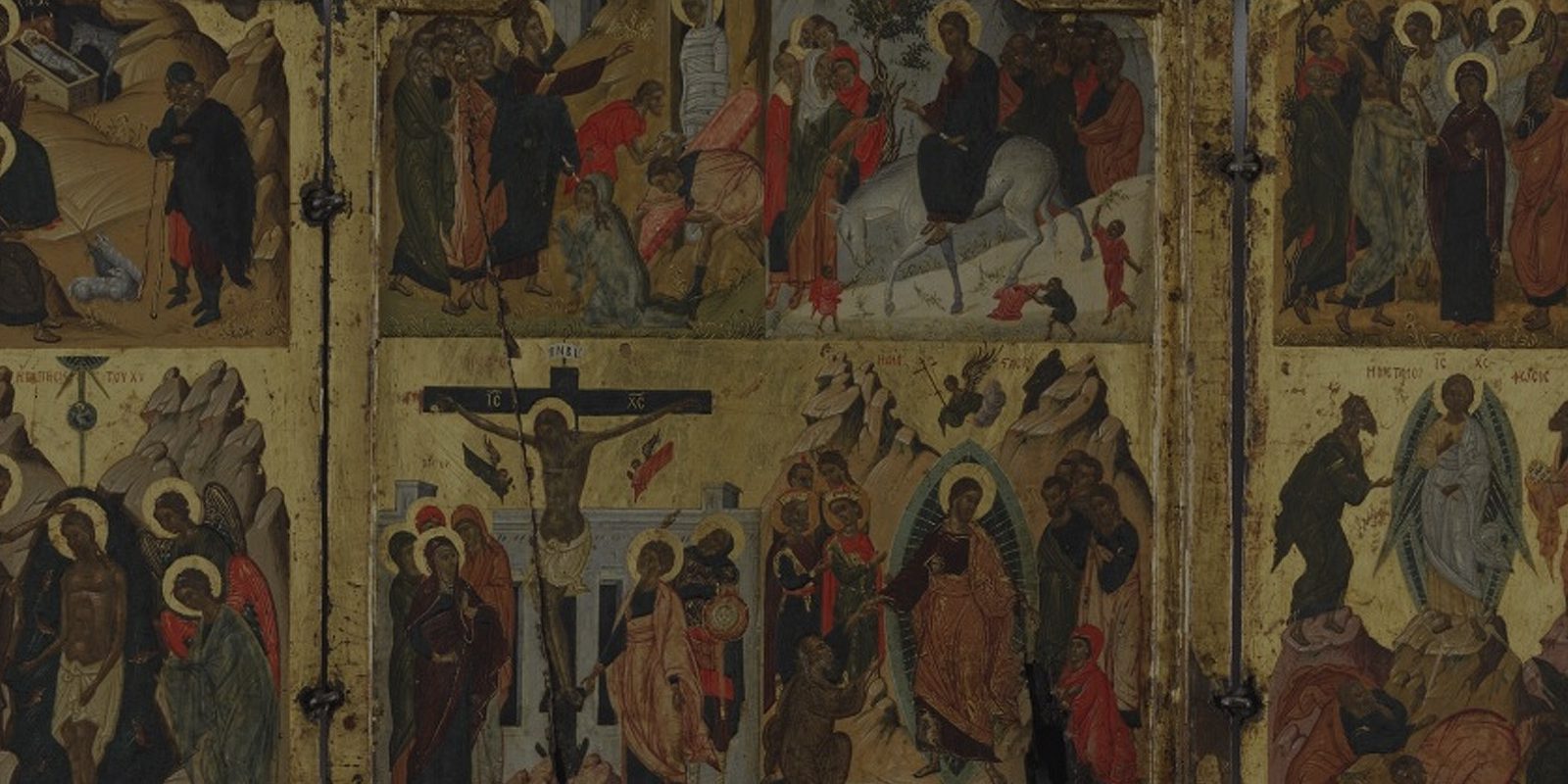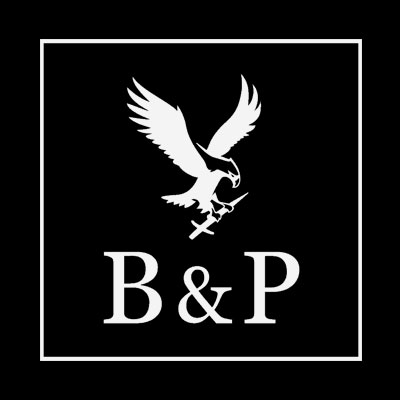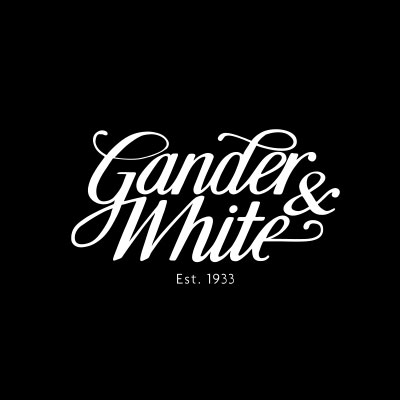The Icon Market received a boost earlier this year when the Louvre announced it had acquired 272 icons from the Abou Adal Collected, amassed since 1952 by late Lebanon perfume tsar Georges Abou Adal and his son Freddy. The encyclopaedic collection ranges from the 15th to the early 20th centuries and features icons from Crete to Russia via the Balkans and Near East. It was first shown at the Musée Carnavalet in Paris in 1993, then at the Musée d’Art et d’Histoire in Geneva in 1997; several icons have since been lent to international exhibitions.
The icons will go in show in the Denon Wing as part of the Louvre’s new Byzantine Department opening in 2027, featuring some 400 icons in all. Public interest in, and appreciation of, the somewhat arcane world of icons is sure to benefit. On April 7/8 the Louvre sought to stoke that interest by holding an international icon symposium entitled En Chair et en Or (‘Flesh & Gold’).
The first acquisition for the Louvre’s new department dates from 2022: an imperial triptych icon, 21 x 36cm, by Kuzma Konov, head of the Olovyanishnikov Sons’ workshop in Moscow from 1908-17. The three-part icon, portraying SS Nicholas, Alexandra & Alexis, has a filigree silver-gilt oklad and unusual mother-of-pearl outer border set with garnets and amethyst.

Triptyque icon representing Saint Nicolas, Saint Alexandre and Saint Alexis
The Louvre paid €165,100 for this dainty gem from the Focillon-Baltrusaitis Collection at De Baecque & Associés on 13 May 2022. The icon was inherited by Jurgis Baltrušaitis, an Olovyanishnikov descendant and son-in-law of Sorbonne art historian Henri Focillon – who kickstarted French interest in icons as an art form with his preface to Pavel Muratov’s Thirty-Five Russian Primitives (owned by Jacques Zolotnitzky of A La Vieille Russie) published in Paris in 1931. Focillon was one of the first to identify the stylistic connexion between icon painters and Italian Primitives.

Fabergé Imperial Triptych
Another, far more expensive triptych icon – this time by Fabergé – was acquired by the Louvre on April 10 this year from A La Vieille Russie (who sold the Louvre their first Russian icon back in the ’50s). This 26 x 32cm pearled Perkhin concoction was presented to Nicholas II and Empress Alexandra to mark the birth of their first child, Olga, in 1895. It was purchased from Soviet authorities in 1930 or 1931 by Alexandre Schaffer, and shown at the blockbuster Fabergé exhibition staged by A La Vieille Russie at New York’s Rockefeller Centre in 1934; it has remained in the gallery’s hands ever since. It cost the Louvre a cool $2.5 million.

Silver-Gilt And cloisonné enamel Icon by Khlebnikov
Two notable icons graced the salerooms this Summer. On June 11 at Uppsala Auktionskammare, 40 miles north of Stockholm, a silver-gilt and cloisonné enamel icon by Khlebnikov, depicting SS Stephen, Menas, Victor & Nicholas of Bari (Moscow 1908-17), 36 x 31cm, sold for SEK2.3m (£180,000), ten times estimate.

Hodegetria Mother of God
Then on July 2, at a Sotheby’s Old Masters sale in London, a venerable gold-ground Hodegetria Mother of God in tempera on a gessoed panel, 42 x 32cm, raked in £825,500 (est. £160,000-200,000). The Apostles fill the borders, with symbols of the Evangelists in each corner. The icon dates from around 1300 and may well have been painted in Constantinople. It had belonged to an Italian private collection for over a century, and never been published.









